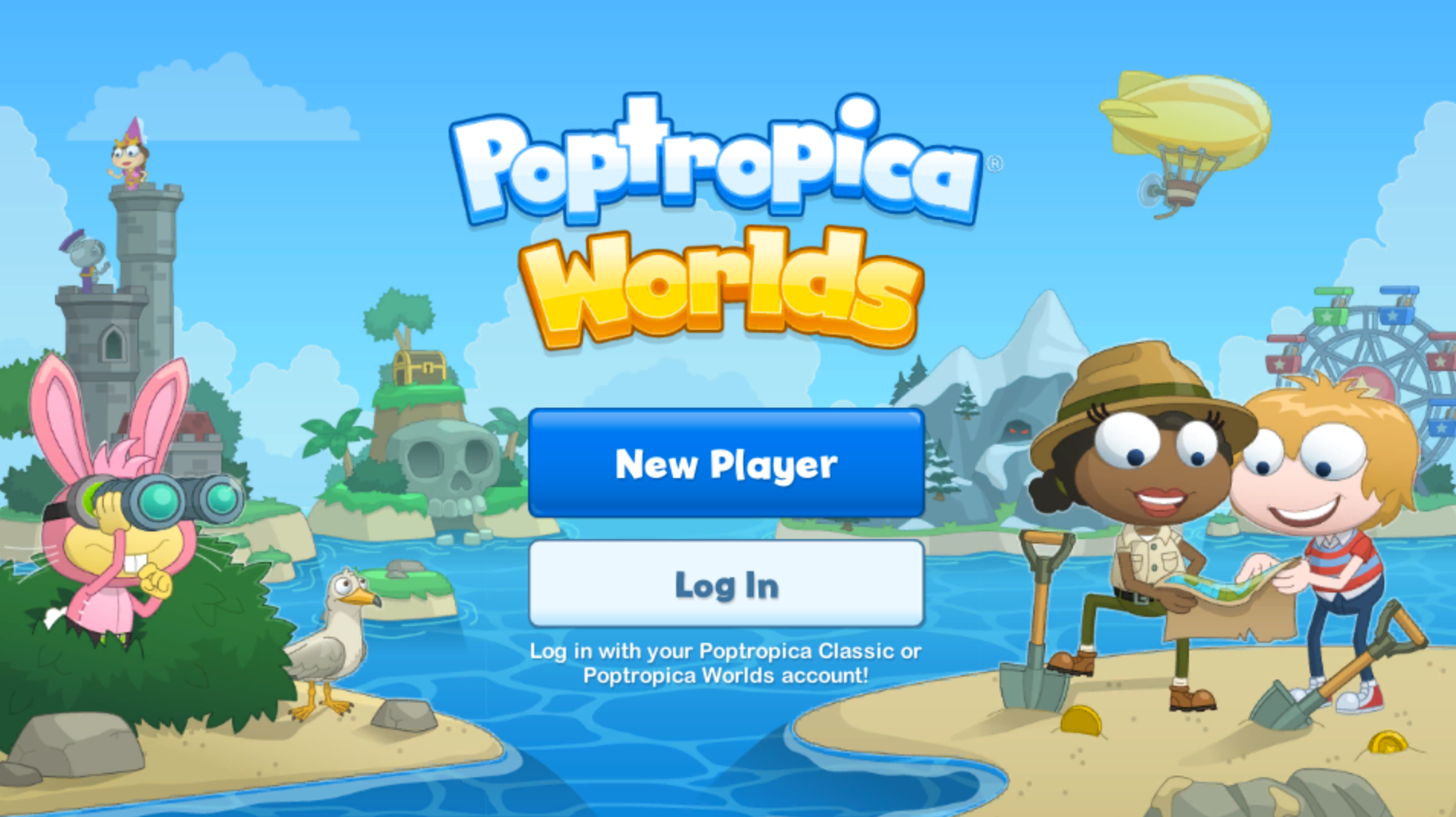research and target age group
The basis of our game is rooted in child development theories as well as studies on children's games by Dr. Krystina Madej. Among our team, we found that some of our favorite games like Poptropica were quest and problem solving based, with non-linear narratives. We were intrigued by the choose-your-own-adventure aspect and found that the genre was easily adaptable to different age ranges.
The physical component of our game is inspired by "Connect Four" as well as a previous project that was done by a member of our team that was inspired by origami infinity cubes. To connect our physical component to the digital component, we took inspiration from a product called the "Merge Cube" that uses augmented reality to let you hold virtual 3D objects using a physical cube and a smartphone or tablet.
Our target age range is for children 9-12 years old, due to the concept of death involved in the narrative. During this period of development, children are able to conceptualize logical and operational thought through the manipulation of physical objects.




framing narrative + story map + characters
Like "Knives Out", our game is a whodunit story that focuses on solving the death of the family patriarch, Thatcher Atkinson. The rich, elderly author was found poisoned and as the detective, the player needs to investigate his family members and discover the truth. The player will interact with Thatcher's children, grandchildren, as well as sister-in-law by asking a series of questions and receive clues that will lead them to the suspect.
Given the opportunity, we would have like to expand upon our game to use AI software to create new paths each time the game is played so that there is variation in the culprit and the clues that can be found. Instead of having a single ending, we hope to have multiple different endings depending on the actions taken by the player. In some cases, the player may identify the incorrect suspect or choose none at all.


row 1: Thatcher, Hope, Darla, Benjamin row 2: Charles, Charlotte and Christopher, Lily, Natalie
physical interactivity
The physical component consists of a shelf and a collection of cube blocks. The blocks serve as the physical narrative artifact. Each block is tied to a certain point in the narrative and will be numbered to match that point in our digital text. We took advantage of the 6 sides of the cubes so each block has 3 possible courses of action and on their opposite sides their respective QR codes. The player will make decisions on how to arrange the blocks, thereby creating a narrative unique to that arrangement. This would allow for a “choose your own adventure” multilinear narrative to maximize the replayability of the game. Once the story is completed, the shelf will essentially be an illustrated storyboard of the plotline based on the player's choices.
initial storyboard
gameplay + action map
To play, the user will need to have a device that can scan QR codes. The user will then need to purchase the physical artifact that includes both the shelf as well as the blocks. There will be a greater number of blocks than grid spaces and not all of the blocks will be used, so different actions in the story can lead to different and unique narrative lines. For instance, depending on which side of block one you choose, you may be instructed to proceed to block 5 instead of block 3 for your next interaction.
To begin, the user would first scan the QR code on the side of the grid that will instruct them to download the application. When the player clicks on the play button for the first time, it will guide them through instructions on how to play the game. On three faces of the block will be options to choose from and on the face directly across from each one will be another QR code. For example, if the user decides to go with option 1, then they will place the block in the grid with option 1 facing towards them. After placing the block in the grid, they will then scan the QR code that is facing outwards to bring them to the next piece in the story and therefore leading them to the next decision. Along the way, the player will be able to collect clues in the middle of the story parts by clicking on them on the screen. In the end, all of the decisions made should lead the player to a conclusion.
physical paper prototype + digital prototype














vision statement
Ultimately, we hope to introduce children to the idea of manipulation and creating your own path based on decision-making. Through the completion of the game, the player will have a sequenced visual representation of the decisions and choices that they have made. By requiring them to arrange the blocks and make their own decisions based on the narrative provided, we hope they will draw similarities to making their own decisions in real life. We want the game to show that there is not only one singular path but a variety of endings. Including different options demonstrates to the player that the game can go multiple ways depending on what you choose, paralleling reality in which the choices we make can later have an effect on the direction of our lives. With our game, the player will not always win, and we believe that this will better serve them in replaying the game and making broader decisions in their future lives.